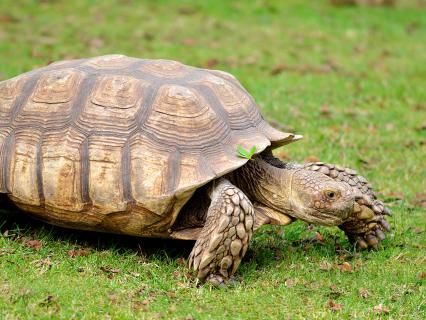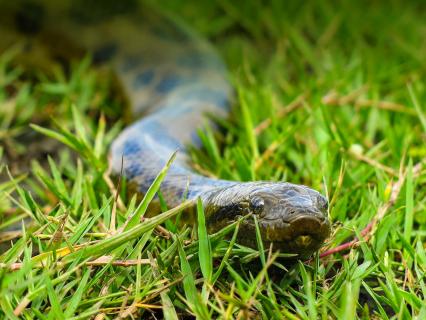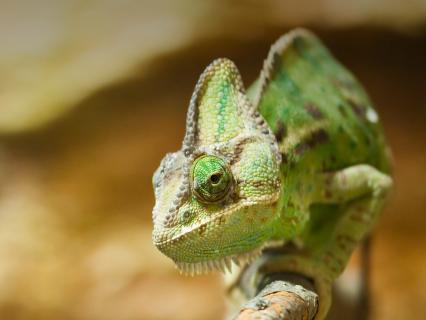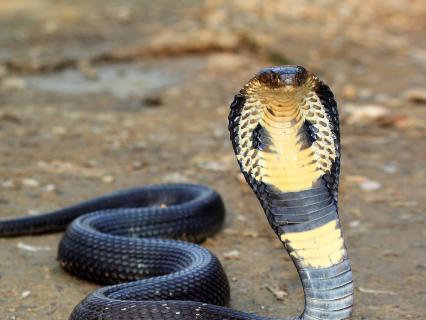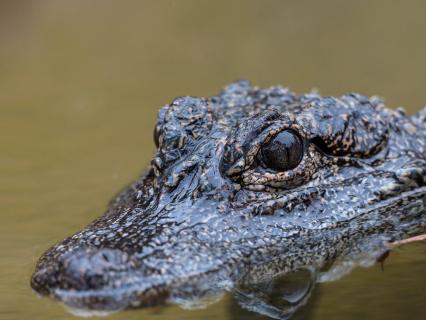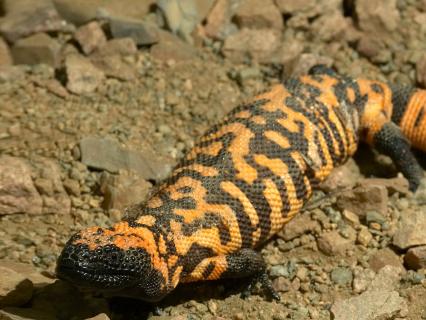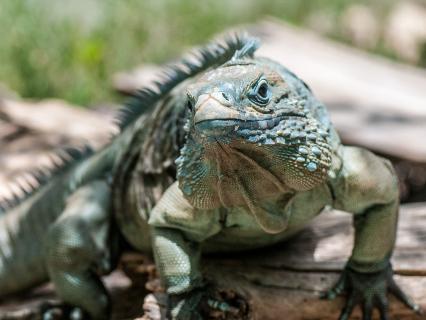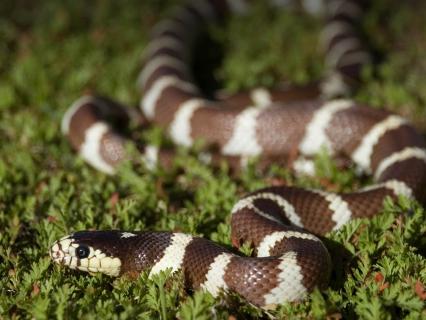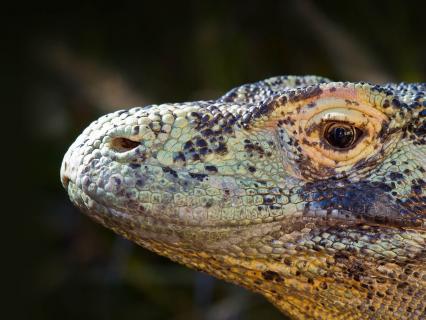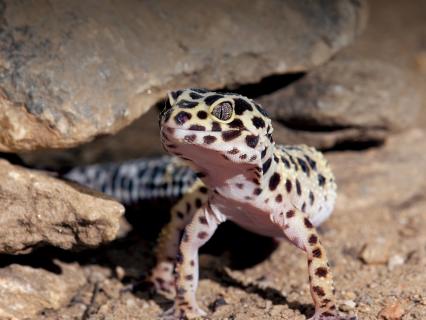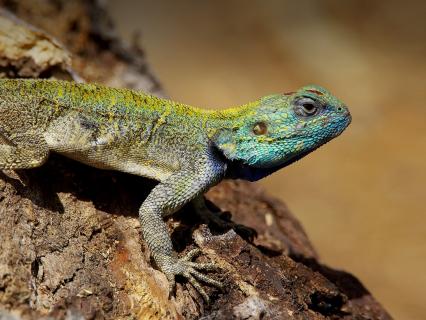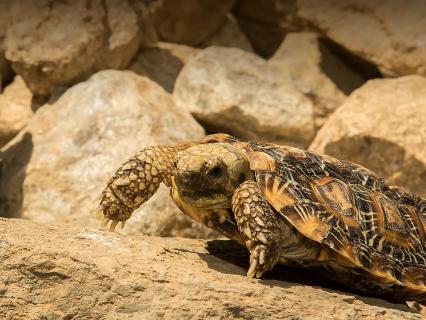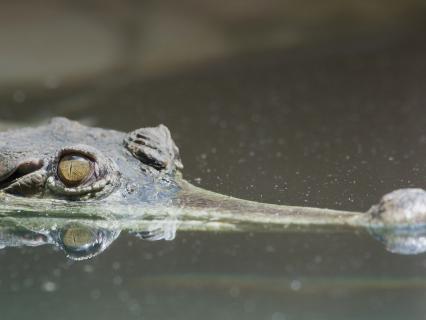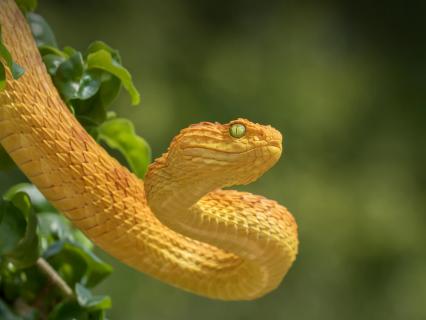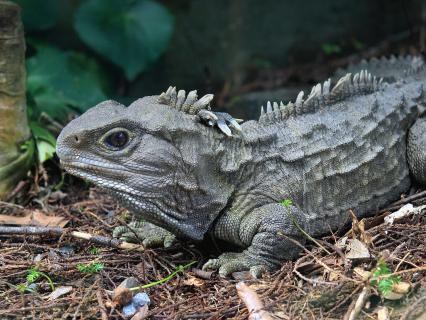
Reptiles
Defining Characteristics:
Vertebrates
Ectothermic - depend on warmth from sunlight to become warm and active
Skin covered in scales or scutes
Most young hatch from eggs (about 20 percent of snakes and lizards give live birth)
Reptiles can be found in all types of habitats except polar ice and tundra.
Crocodilia (crocodiles, gavials, caimans, and alligators): 23 species
Sphenodontia (tuataras from New Zealand): 2 species
Squamata (lizards, snakes, and worm lizards): over 9,000 species
Testudines (turtles, terrapins and tortoises): over 300 species
Reptiles are vertebrates, they have scaly skin that keeps their bodies from drying out, and their young do not go through a larva stage like amphibians but instead look like small versions of the adults when they emerge. Reptiles are ectotherms, so they must bask in the sun or find a warm spot to get warm and become active, and they must find shade or a cool spot to cool off. In cold conditions they become sluggish and don't move around much, and some enter a state of torpor or brumation (similar to hibernation) if it will be cold for a long time.
Reptile Groups
There are four main groups of reptiles: turtles and tortoises; lizards and snakes; crocodiles and alligators; and the tuatara. Some reptiles spend most of their time in water, and many spend their time on land. Reptiles can be found in all types of habitats except polar ice and tundra.
Independent
Most reptiles make nests or dig holes to lay their eggs in, although some snakes and lizards (about 20 percent of them) give live birth. Some, like crocodiles and alligators and some of snakes, stay to guard the nest after laying their eggs and even help the hatchlings get started in life. But most mother reptiles leave the nest once the eggs are laid. The hatchlings are independent from the start and must find their own food and shelter.
Reptile Records
There are more than 9,300 known species of reptiles. The heaviest is the saltwater crocodile, weighing up to 2,000 pounds (908 kilograms). The smallest is the dwarf gecko, measuring only three-quarters of an inch (16 millimeters). The longest snake is the reticulated python, at up to 33 feet long (10.5 meters). The largest lizard is the Komodo dragon, weighing up to 175 pounds (80 kilograms) and measuring up to 10 feet long (3 meters). Tortoises have the longest life span in the reptile order; some can live more than 150 years.


